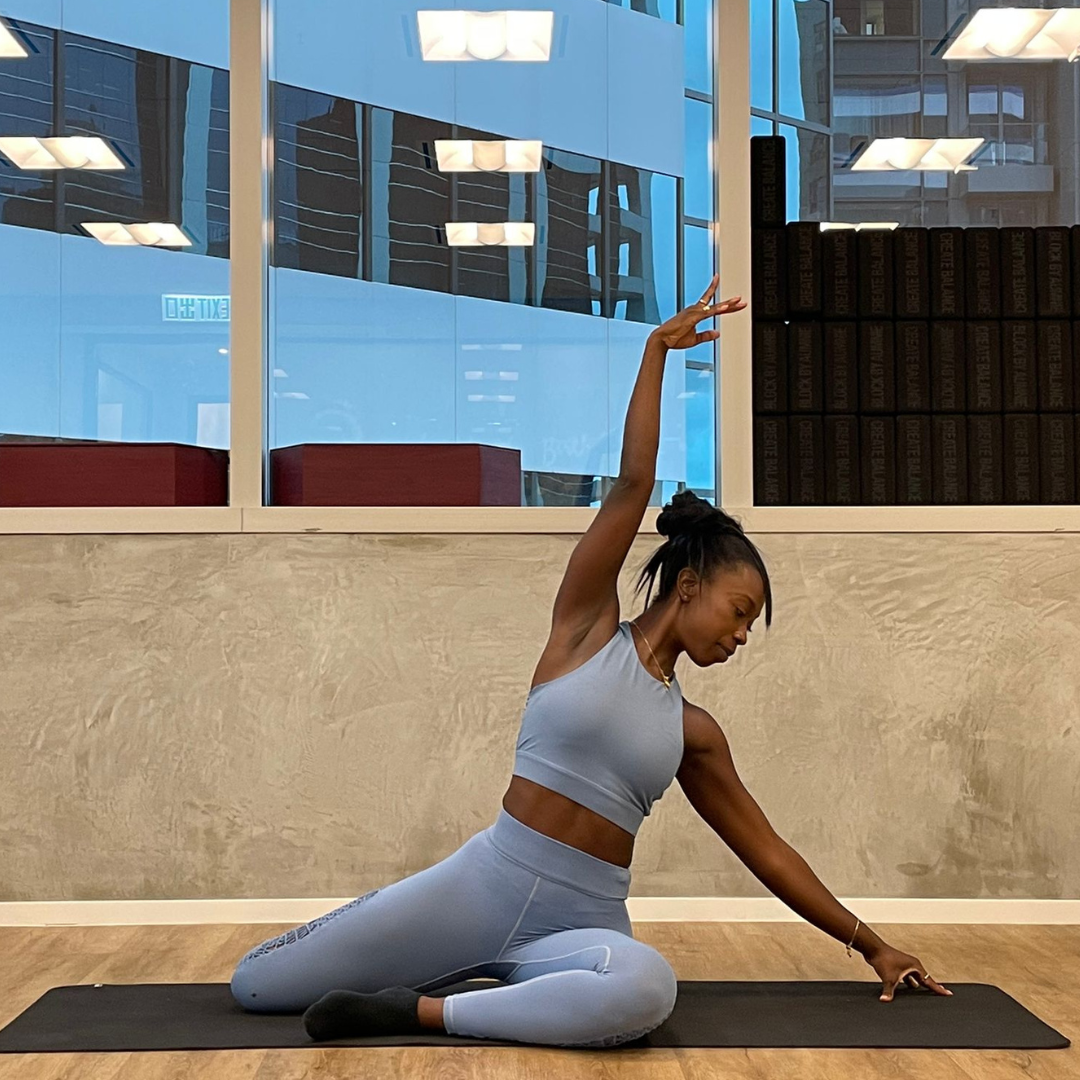
Active Recovery
As the name suggests, active recovery involves allowing the body to recover while staying active. This usually involves using low-intensity exercise that helps increase blood flow and promote muscle repair. This type of recovery can include activities such as yoga, stretching, hiking or cycling at a low intensity.
One major benefit of active recovery is that it helps remove lactic acid from muscles faster than passive recovery. Lactic acid buildup can cause muscle fatigue and soreness after an intense workout session.
Another significant advantage of active recovery is that it gets your heart rate up without putting too much strain on your muscles. This allows for increased oxygen delivery to the muscles and accelerates healing.
However, there are some downsides to this method of recovering from workouts – if done excessively or incorrectly; it could lead to overtraining or injury. The idea behind active recovery is to allow the body to rest and train in a balanced way. It’s key not to overtrain and allow for the body to recover within movement and activity.
Active recovery also promotes mental relaxation by reducing stress levels in the body.

Passive Recovery
On the other hand, passive recovery refers to allowing your body time off from activity altogether. The idea behind passive rest is that you completely shut down all physical activity so that your body has enough time to heal itself naturally without any interference whatsoever. Recovering from an intensive workout session by promoting resting and sleeping well.
One significant advantage of passive rest over active rest includes more extended periods where no additional energy expenditure takes place—allowing complete restoration through sleep cycles while avoiding oxidative stress caused by prolonged bouts of aerobic exercise during active rest sessions.
However, one disadvantage with this mode of recuperation is its slow pace compared with its counterpart - Active Rest since the lack of movement slows down blood flow into joints leading them becoming stiffened up like locked hinges.

Which One Is Best For You?
The choice between these two approaches largely depends on your fitness goals, workout intensity and personal preferences. If you're looking to maintain peak performance levels or have a competition coming up soon, active recovery may be the best option for you. However, if you need complete rest and full body restoration, passive recovery is ideal.
Ultimately, both methods are effective in helping your body recover from a hard workout session. Finding what works best for your body can take some trial and error but choosing one that complements your lifestyle is key to getting the most out of it!